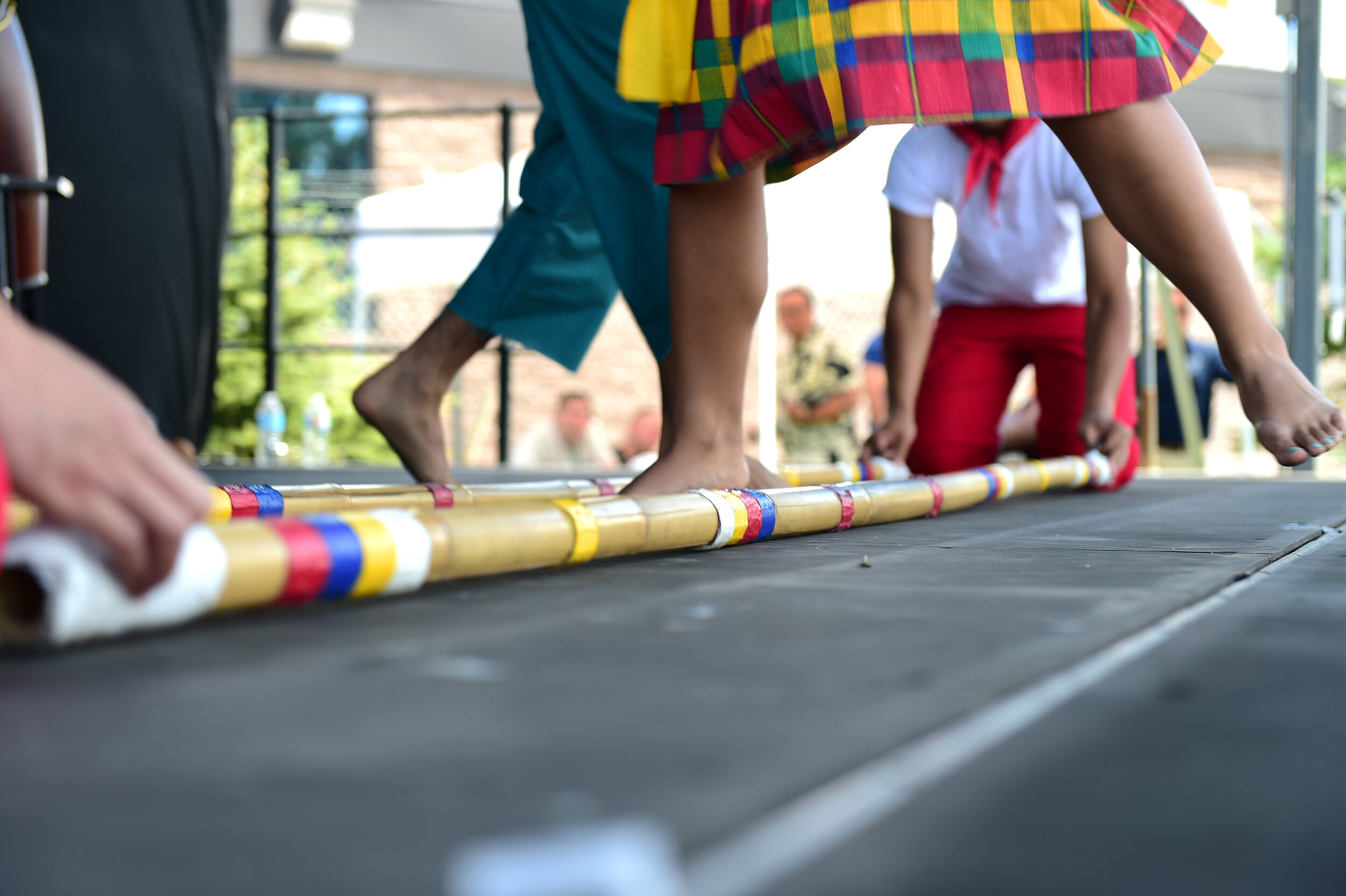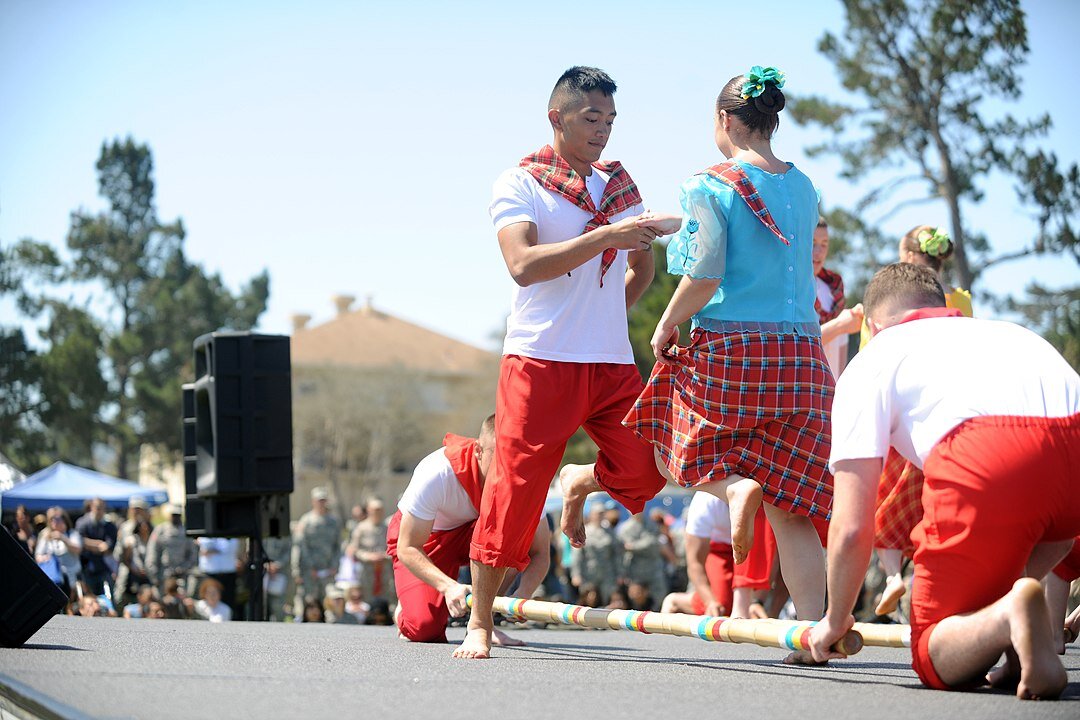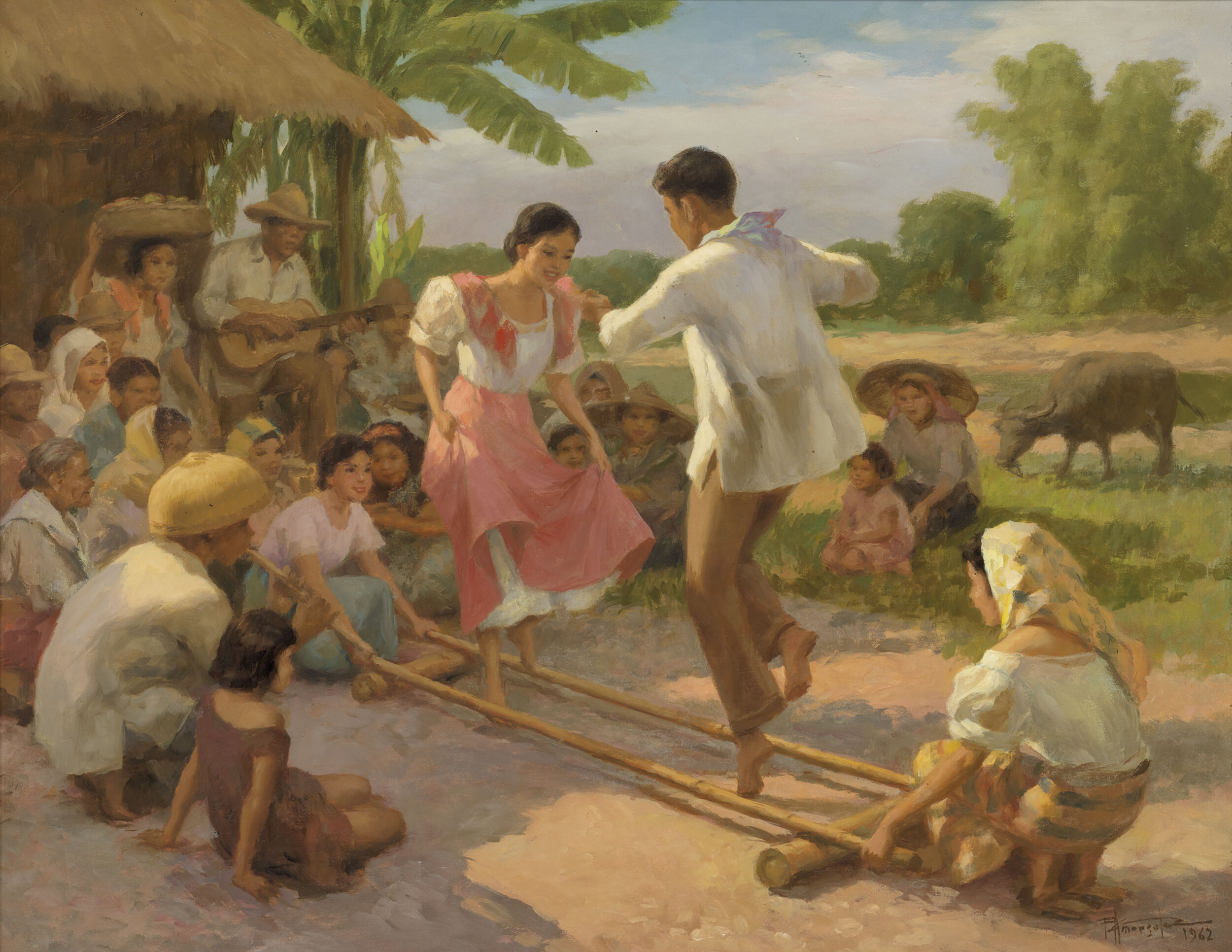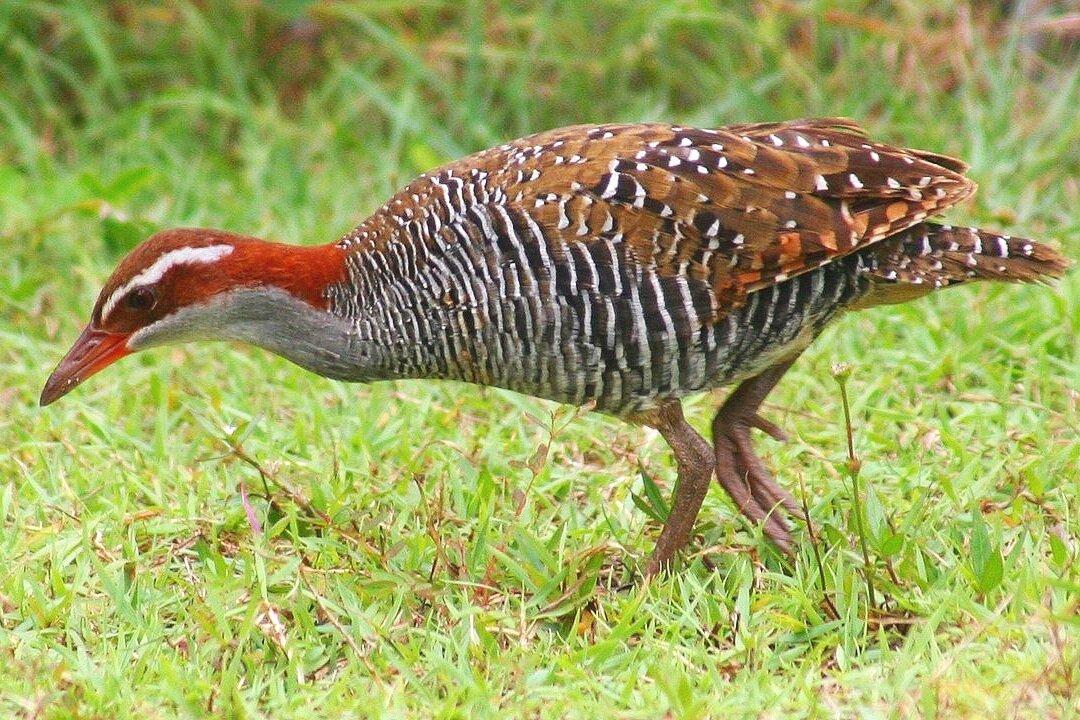Filipino Roots and Bamboo Poles: Celebrating Asian-American/Pacific Islander Heritage Month
May is a month full of celebrations of that honor communities of all kinds:
May Day ( a.k.a., International Workers Day or Labour Day) | May 1
Star Wars Day (May the 4th Be with You!) | May 4
Teacher Appreciation Week | First full week of May, US
National Nurses Day | May 6, US
Europe Day | May 9
Mother’s Day | 2nd Sunday of May, US
Police/Peace Officers’ Memorial Day | May 15
World Goth Day | May 22
And there’s one that’s particularly close to my heart: Asian American and Native Hawaiian/Pacific Islander Heritage Month.
My mom and dad emigrated from The Philippines to the United States in the late 1960s to work as as chemists/researchers at the University of California, San Diego. A few years later, I was born in La Jolla, California. I’ve been fortunate to travel to my parents’ native land with them three times, and on our last visit, we were treated to a cultural experience that had a deep impact on me. Re-watching a video of the event recently has brought up some strong memories and feelings about my ethnic patrimony.



As a guest at a festival, I was asked to participate in a cultural performance of one of the most well-known and dangerous-to-your-ankles folk dances, called "Tinikling." It is, in fact, the Philippine national dance, and some say it embodies the resilience and fun-loving nature of the Filipinos.
Originating during the Spanish colonial era and created on the island of Leyte in the Visayas province, two people tap, slide, and beat bamboo poles on the ground or on two raised pieces of wood in 3/4 time while one or two performers step, jump, and dance in between and outside the poles in coordinated time, taking great care to stay in rhythm, lest they get their ankles smashed between the force of the poles. Advanced versions involve a much faster pace, or two more rhythm-keepers with another set of bamboo, or more dancers. "Tinikling" is so-named for the dance's tikling-like movements that mimic the "tikling" bird (buff-banded rail) as it moves through grass, over tree branches, or as it evades a farmer's bamboo trap.




Growing up in a Filipino household in the States, I was often exposed to Filipino cultural events through the Filipino-American Association of San Diego, North County (my parents were founding members, my mom was vice-president, and I was later vice-president and president), our church, my parents' Filipino church and community choirs (all of which my dad was the conductor), and other local Filipino groups. As a college student, I was grateful that San Diego State University offered a class taught by my uncle, Dr. Riz A. Oades, about Filipino heritage and culture in the US (I learned so much in that class from this incredible professor and community activist); and I'm proud that SDSU and so many local high schools in California are offering Filipino (Tagalog) language and culture classes as part of their curricula.
There is a huge Pinoy population in San Diego. Large waves of 1st-generation immigrants came in the 1960s and 1970s, many because of their work serving in the US military forces (particularly the Navy), as skilled nurses, or like my parents as scientists. Their children and grandchildren, like me, have enjoyed incredible educational opportunities, connection to their family heritage through their local communities, and an intertwining with "American" traditions and culture.
Interestingly, when people see me, I think they see my Filipino-ness (my hair and skin color, the shape of my eyes, my "look"), but internally I feel my American-ness in so many more ways than what my outward appearance portrays. Still, having been born in San Diego and having attended private and public schools where my ethnic background was (and still is) a minority culture, I'm so grateful to my parents for instilling in me a sense of pride in our Filipino heritage. From food to music, from language to customs and gestures, from learning about cultural and historical impacts in my parents’ country of birth to understanding the social, economic, and human resource contributions in the US—my mom's and dad’s adopted country of citizenship—I feel a deep connection to my ancestry as well as to my Filipino contemporaries here in America, even when I'm meeting them for the first time.
Yet going "home" to the Philippines is still an opportunity to see things anew. I am, at heart, a traveler—one who seeks connection, community, understanding, and relationship with the people and cultures I visit. When I am in my parents' homeland, I am, in fact, a foreigner. I don't do things exactly the way native Filipinos do. I don't sound the same when I speak Tagalog. I am other. I am a welcome guest, but I am nonetheless different. And there is a bit of cultural distance. Admittedly, it's jarring to me, but I can understand it.
However, in this one moment, in being invited to participate in the most emblematic representation of heritage and performing arts of my heritage country, I felt a new level of connection to "my people" in a way I had never felt. I was not just a guest. I felt like I was truly family. I felt the strength, resilience, pride, and beauty of my ancestry as the bamboos clacked, as the music swirled through the air, as I stood before and with people who looked like me. And maybe it was a fleeting moment, but it happened, and I will never forget it. For a blip in time, I didn't sense only being Filipina-American or American (of which I am truly proud and grateful)—I felt like I was Pilipina (as a native might say), part of the local community, and connected to my roots.
What a gift it is to travel and to learn something about another culture or even your own! And what a treasure I was given to connect with my own people's heritage through tradition and dance!
